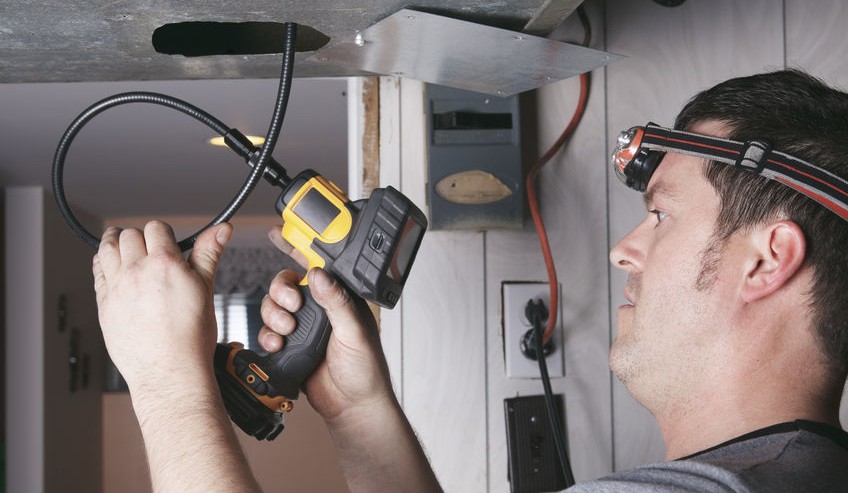Is It Okay to Install Different Brands for your Furnace and Air Conditioner?
Choosing the right HVAC system replacement is a complex decision. You will have to take into account installation factors, capacity, efficiency ratings and many other criteria in order to choose the system that will work best for your heating or cooling needs.
When making this decision, limiting yourself to a single brand can feel restrictive. You may think you have found the perfect furnace, but have heard reasons to only buy a brand that matches your current AC system. Likewise, your furnace could be fine but you want a new AC system without being limited to using the same brand as your furnace.
Using different brands of units — often called a “mismatched system” — usually has no major short-term consequences as long as the coils, blower and wiring used are compatible and properly sized. However, you could see marginal losses in performance from a mismatched system that decrease efficiency and could potentially reduce the service life of your HVAC system overall.
Why a Matching System Matters
Your HVAC system is like a conjoined twin. The outdoor unit of your AC only houses the compressor and the condenser coils. The rest of the system lives inside the air handler unit somewhere in the interior of your house. Contained in the air handler is the evaporator, and attached to the air handler is a blower that circulates air. A refrigerant line runs between the outdoor unit and the air handler.
If the interior component of the AC is not connected properly with the exterior, this is the equivalent of having a major internal organ removed when separating conjoined twins with surgery. One component cannot function without the other. This fact means that replacing the outdoor unit will require you to either hook up to the aging indoor unit or purchase a new air handler and evaporator coil system.
Even more importantly, the AC unit and the furnace share the same air handler, usually joined as part of the furnace. If there are problems with the connection, both systems will have trouble functioning.
An experienced HVAC contractor is aware of these potential problems and can address them. They can recommend an outdoor unit that is compatible with the old system or, if you are replacing the furnace, an indoor unit that can hook up properly with the outdoor AC.
Why Properly-Installed Mismatched Systems Can Still Have Issues
Even with an expert HVAC contractor linking the two systems, you could still see problems in the long run. For one, the older unit or the one with lower efficiency will decrease the efficiency of the system overall.
To see why this would happen, imagine two dogs pulling a sled. Both get tired, but only one is replaced. The slower one will keep the quicker one from making a difference, bogging the whole system down.
Along with decreased efficiency can come decreased lifespan. The Air Conditioning, Heating and Refrigeration Institute cautions that “when improperly matched, the efficiency and longevity of these systems are significantly compromised.” More breakdowns and an overall shorter service life could be the result.
On top of all this, some manufacturers will not honor a warranty if you replace only one element of the system — i.e., you try to replace the outdoor unit but not the evaporator coil.
So Do I Absolutely Have to Replace Both Systems at the Same Time with the Same Brand?
Although it is not necessary, it is recommended. First, your air handler and evaporator will likely age at the same rate as your outdoor unit, meaning both should be replaced around the same time. If your new evaporator fits inside the old air handler and your blower and furnace are otherwise working fine, you could be fine without replacing the whole system with matching brands as long as it can be connected properly.
You may see problems that can gradually get worse over time, though, as indicated above. In the end, your decision usually comes down to saving some money up front with less installation or saving money in the long run with a perfectly matched system.
Second, if you suspect your furnace will need to be replaced in 3-5 years anyway, it is generally cheaper to have the whole system installed at once and to use matching brands that make install easier and more effective. You can read our handy article on ways to determine if your HVAC system needs to be replaced.
Do not fret if you feel like this suggestion leaves you without many options. Realize that many HVAC system manufacturers share common parts and even have similar products under different brands. Carrier, for example, also makes Payne, Bryant and Tempstar units. Trane and American Standard are practically the same, as are Lennox, Armstrong and Concord.
Your best course of action is to get a recommendation from a local HVAC contractor on which components should be replaced and which units — including the brand type — they should be replaced with. If you are in the market for a new HVAC system, click here to get custom quotes from trustworthy contractors in your area — all for free and without giving any contact information!





Comments
Comments are disabled for this post